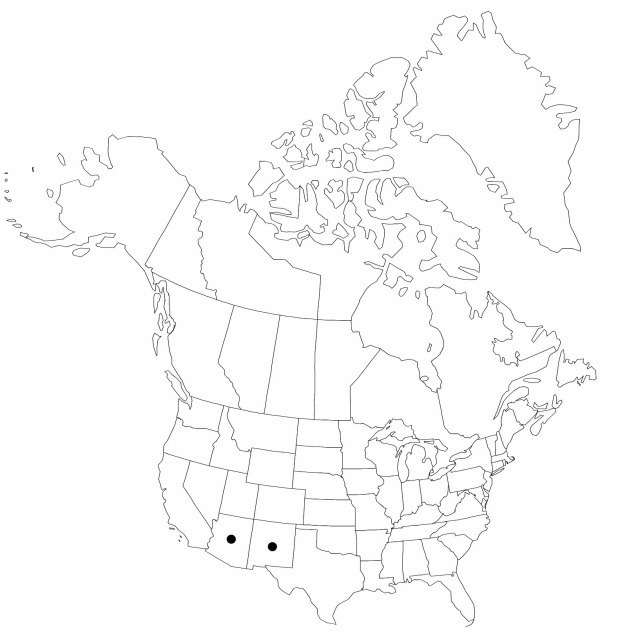Carex wootonii
Smithsonian Misc. Collect. 65(7): 1. 1915.
Plants densely cespitose. Culms 30–75 cm. Leaves: sheaths adaxially often tinged brown, summits U-shaped; distal ligules 0.5–2 (–3) mm; blades 4–6 per fertile culm, 17–45 cm × 2.5–4.5 mm. Inflorescences open or dense, greenish brown to gold, 2.5–4 cm × 9–20 mm; proximal internode 4–16 mm; 2d internode 2–7.5 mm; proximal bracts leaflike, longer than inflorescences. Spikes 3–8, distant, distinct, fusiform to broadly ovoid or obovoid, 11–21 × 6–9 mm, base acute to attenuate, apex truncate to tapered. Pistillate scales redbrown, red-gold, or gold, with pale-brown or whitish midstripe, lanceolate to broadly ovate, 4.3–6.2 mm, shorter and narrower than perigynia, margin white, (0.1–) 0.2–0.3 (–0.5) mm wide, apex acute to acuminate. Perigynia appressed to ascending, green or gold, usually inconspicuously veined on each face, narrowly ovate to ovate, flat except over achene or ± planoconvex, 5.4–7.2 (–7.5) × 2–2.8 (–3) mm, 0.5–0.6 (–0.7) mm thick, 2.4–2.7 times as long as wide, margin flat, including wing 0.45–0.8 mm wide, ciliate-serrulate at least distally; beak red-gold to redbrown, sometimes white-hyaline at tip, flat, ± ciliate-serrulate, abaxial suture usually inconspicuous, distance from beak tip to achene 2.2–3.6 mm. Achenes oblong to broadly ovate, 1.9–2.7 × 1.4–2 mm, 0.4–0.5 mm thick.
Phenology: Fruiting late summer–fall.
Habitat: Montane meadows, rocky places
Elevation: 2100–3500 m
Distribution

Ariz., N.Mex., Mexico
Discussion
Selected References
None.
Lower Taxa
"shortened" is not a number."+timesaslongasinflorescences" is not declared as a valid unit of measurement for this property."not undefined" is not a number."shorter and narrower" is not a number.
